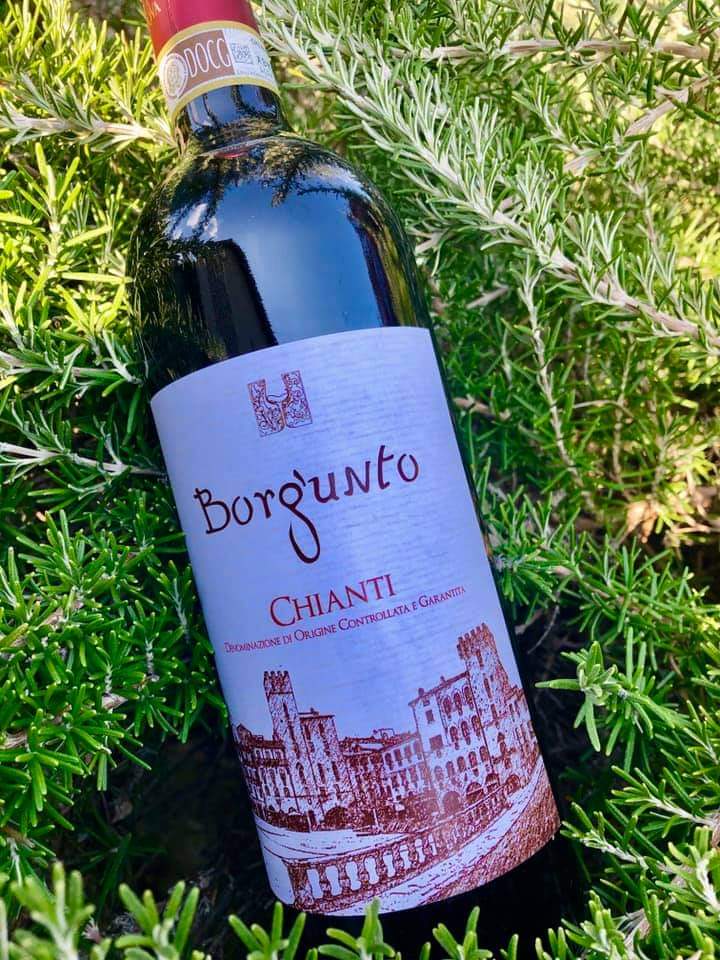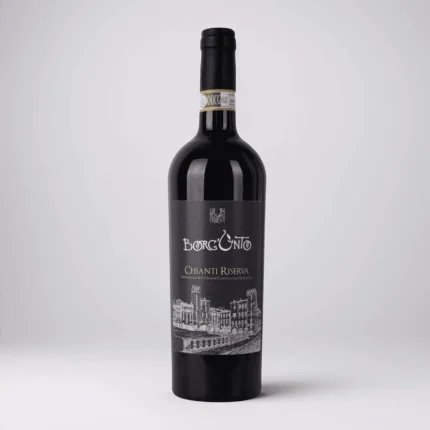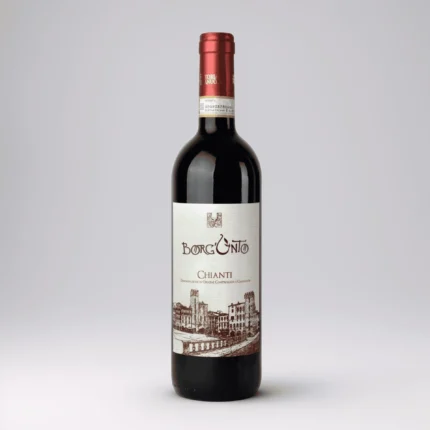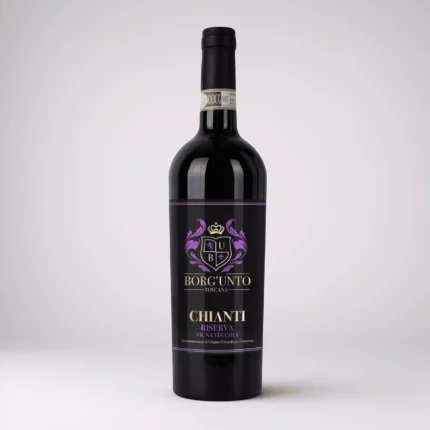Our Chianti Wine
The Story of Chianti Wine
Ruby red in color, full-bodied, and instantly recognizable on the palate, Chianti is more than just a wine — it’s the heart of the Tuscan table. It represents a deep-rooted love for tradition, conviviality, and the joy of sharing beautiful moments with loved ones, raising a glass to life itself.
Origins of the Name “Chianti”
The etymology of “Chianti” remains debated among historians. One theory suggests it derives from the Latin word “clangor,” meaning noise or clamor, possibly referencing the lively hunting parties once common in the region. Another hypothesis traces it back to the Etruscan term “clante,” referring either to a group of noble families or to water sources in the area.
Historical Development
The Medieval Roots
As early as the 13th century, the Lega del Chianti (Chianti League) was formed under Florentine rule to regulate viticulture in key areas such as Radda, Gaiole, and Castellina — all renowned for their Sangiovese-based wines.
By 1398, the term “Chianti” appeared in notarial documents to identify wine produced in this distinct territory, marking one of the earliest official recognitions of a wine appellation in Europe.
Conquering Europe
Three centuries later, Chianti began gaining international fame. Exports, particularly to England, shifted from occasional shipments to consistent trade, helping establish Chianti as a symbol of Italian excellence across Europe.
Grand Duke Cosimo III and Legal Protection
In 1716, Grand Duke Cosimo III de’ Medici issued a groundbreaking edict titled “Bando Sopra la Dichiarazione dé Confini delle quattro Regioni Chianti, Pomino, Carmignano, e Val d’Arno di Sopra.”
This decree formally defined the geographic boundaries for Chianti and other Tuscan wines, establishing oversight bodies to prevent fraud and ensure quality during production and export. This makes it one of the first legally protected wine regions in the world.
Modern Classification and Expansion
In 1932, the Italian government expanded the Chianti production zone to meet growing demand, officially dividing it into seven sub-zones:
- Chianti Classico
- Colli Aretini
- Colli Fiorentini
- Colline Pisane
- Colli Senesi
- Montalbano
- Rùfina
Later, in the 1990s, the Montespertoli area was added within the Province of Florence, further enriching the diversity of Chianti wines.
The Birth of the Chianti Classico Consortium
In 1924, a coalition of 33 producers founded the Consorzio per la Difesa del Vino Chianti to protect the authenticity and reputation of Chianti wine.
They introduced the iconic Black Rooster (Gallo Nero) symbol, which today identifies only genuine Chianti Classico wines. In 1932, “Chianti Classico” was formally recognized as the designation for the original, historic vineyards at the core of the region.
Grape Composition & Winemaking Evolution
From Tradition to Regulation
In the 1700s, Chianti was made exclusively from Sangiovese grapes. However, a revolutionary shift came in 1840 when Baron Bettino Ricasoli — often called the “father of Chianti” — established a formula still influential today:
While modern regulations have evolved, they retain his vision at their core. Today’s Chianti requires:
- Sangiovese: Minimum 70%
- Cabernet Sauvignon & Cabernet Franc combined: Up to 15%
- White grapes (e.g., Malvasia): No more than 10%
For a wine to be labeled Chianti Riserva (Reserve), it must age for at least 24 months, including time in oak barrels and bottle.
Chianti Today: A Symbol of Quality and Heritage
Today, Chianti stands as one of Italy’s most celebrated wines, representing centuries of craftsmanship, regional pride, and sustainable viticulture. Whether enjoyed casually at a family dinner or savored in fine dining, Chianti continues to embody the soul of Tuscany.












